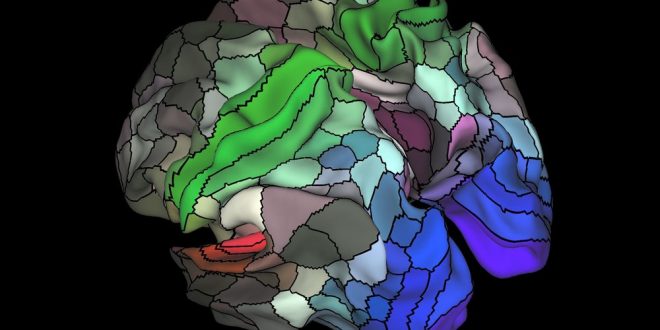A stunning new map of the brain could revolutionise our understand of how it works, researchers say the new models have already uncovered 100 previously unknown regions of the brain.
“In some cases, we identified a patch of cortex that probably could be subdivided, but we couldn’t confidently draw borders with our current data and techniques. In the future, researchers with better methods will subdivide that area,” lead author Matthew Glasser from the Washington University School of Medicine in St. Louis said in a statement. “We focused on borders we are confident will stand the test of time.”
The map, assembled using data collected from over 200 young adults by the U.S. government-funded initiative Human Connectome Project, has been published in the journal Nature. The information gathered by the project included measurements of cortical thickness, brain function, connectivity between regions and topographic organization of cells in brain tissue.
“The brain is not like a computer that can support any operating system and run any software,” co-author David Van Essen from the Washington University School of Medicine, said in the statement. “Instead, the software — how the brain works — is intimately correlated with the brain’s structure — its hardware, so to speak. If you want to find out what the brain can do, you have to understand how it is organized and wired.”
In addition to confirming the existence of 83 previously reported areas and identifying 97 new ones, the map also reveals topological structures that vary from person to person. Scientists hope they would be able to understand what causes brain disorders such as schizophrenia, autism, epilepsy and dementia by analyzing the differences in the brains of patients and of healthy adults.
However, despite charting the cerebral cortex in unprecedented detail, the map is far from complete. For instance, it tells us little about the activity of individual neurons.
“We’re thinking of this as version 1.0,” Glasser told Nature. “That doesn’t mean it’s the final version, but it’s a far better map than the ones we’ve had before.”
Agencies/Canadajournal
 Canada Journal – News of the World Articles and videos to bring you the biggest Canadian news stories from across the country every day
Canada Journal – News of the World Articles and videos to bring you the biggest Canadian news stories from across the country every day



